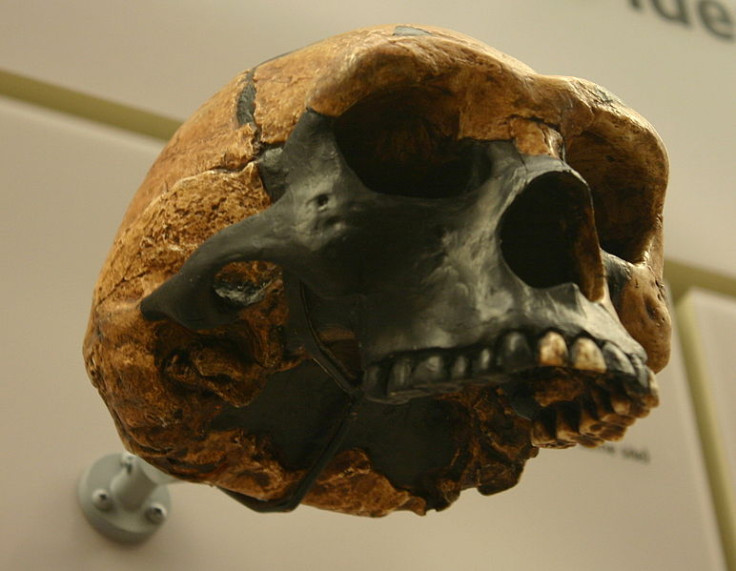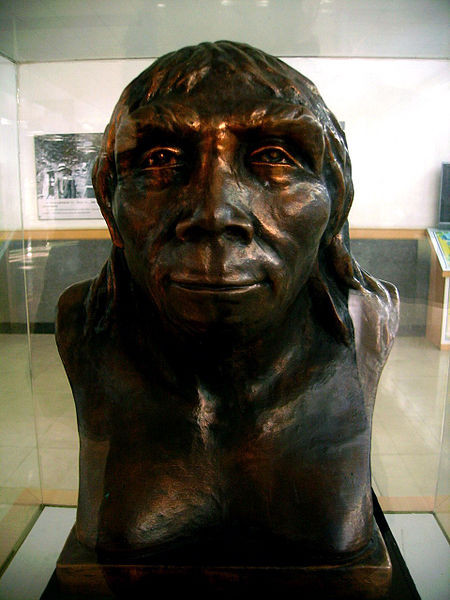Newly Discovered Site of Peking Man is 'The Oldest Human Habitation' in China
Peking Man's cave discovered in a limestone quarry site

A cave environment associated with Peking Man has been discovered in a limestone quarry site in Luoto Hill, Lianoning Province.
This latest discovery represents one of the most important palaeontological finds in history, and has produced the largest ever number and variety of implements.
Huang Weiwen and colleagues from the Institute of Vertebrate Paelontology and Paleoanthropology of the Chinese Academy of Sciences and the Dalian Natural History Museum reported the discovery on Saturday.
Researchers say that the newly discovered site is probably the oldest modern human habitation in China, according to Xinhua News Agency. Deer horn tools, stone weapons and the broken bones of large herbivores indicate that the site was a hub of human activity for at least 200,000 years.
However, it's believed that the site dates back even further to between 300,000 BCE to 500,000 BCE.

Archaeologists are still hopeful of finding human remains at the site. Scientists say they have every expectation of finding more Peking Man remains and possibly a complete skeleton at the site in Luotuo Hill.
"The discovery of the Luotuo Hill site of early human beings is of great significance," said Gao Chunling, deputy head of the Dalian natural museum.
It is likely to be the earliest cultural ruins in northeast China, making it important for the study of human evolution and the origin of culture in the region, said Gao.
Peking Man – Homo erectus pekinensis – is a distant relative of Homo sapiens and is believed to be one of the first hominids to walk upright on the planet.
There are 13 sites in China where Peking Man remains have been found. The majority of human remains were found between 1917 and 1937 around the Zhoukoudian cave system in Beijing, China.
Around 45 individuals identified as Peking Men have been found. The timeframe of the existence of the various individuals ranges from 700,000 years ago to 200,000 years ago.
The early Homo erectus can help answer questions about early cannibalism among man's ancestors as well as shed light on the origins of spoken language, according to New Scientist.
A skull discovered in the ancient limestone caves in Zhoukoudian was reconstructed to give an idea of what Peking Man actually looked like. He had a low forehead, a flat nose and thin lips, a large palate, as well as extremely powerful teeth and molars.
© Copyright IBTimes 2025. All rights reserved.






















